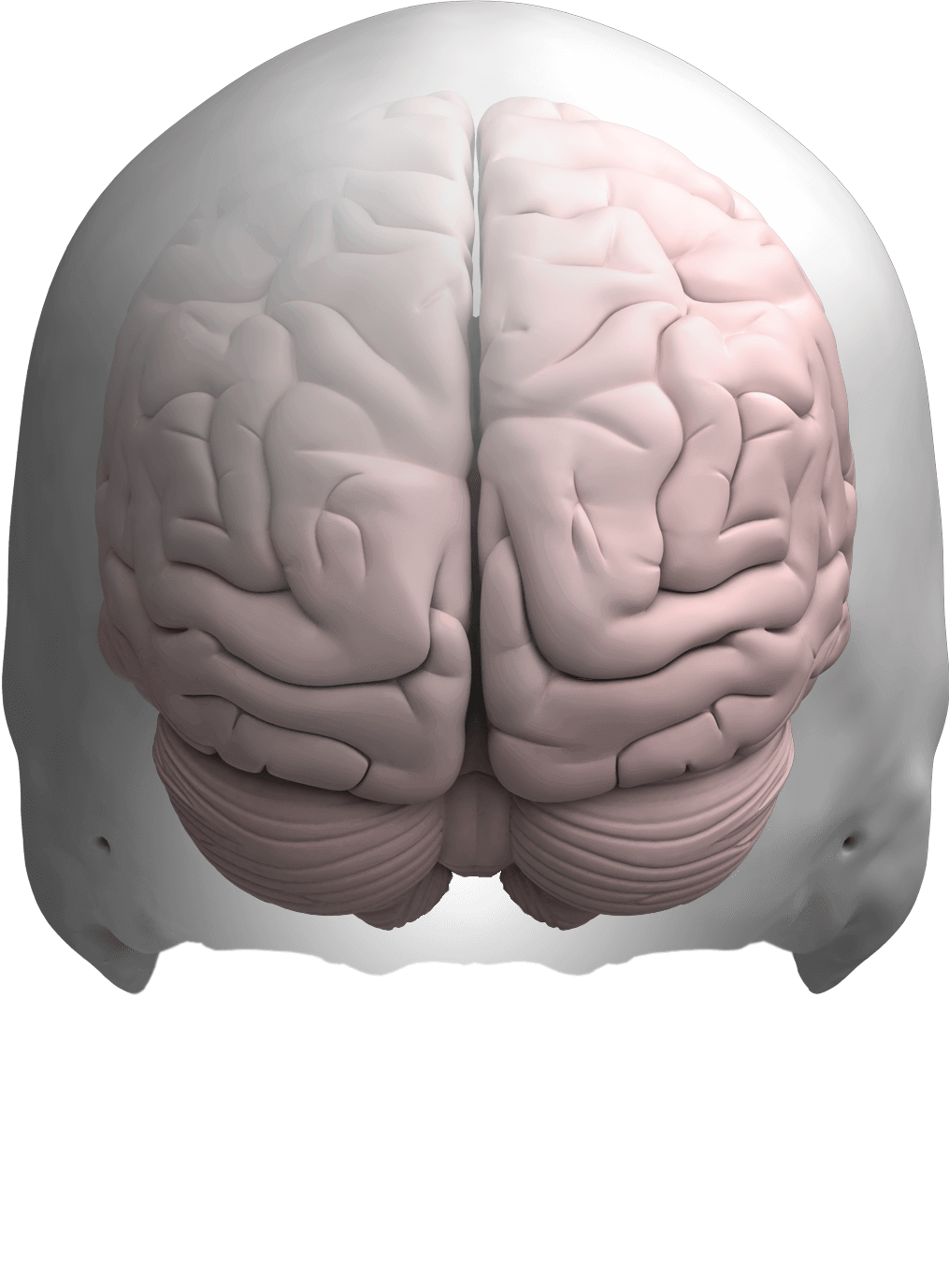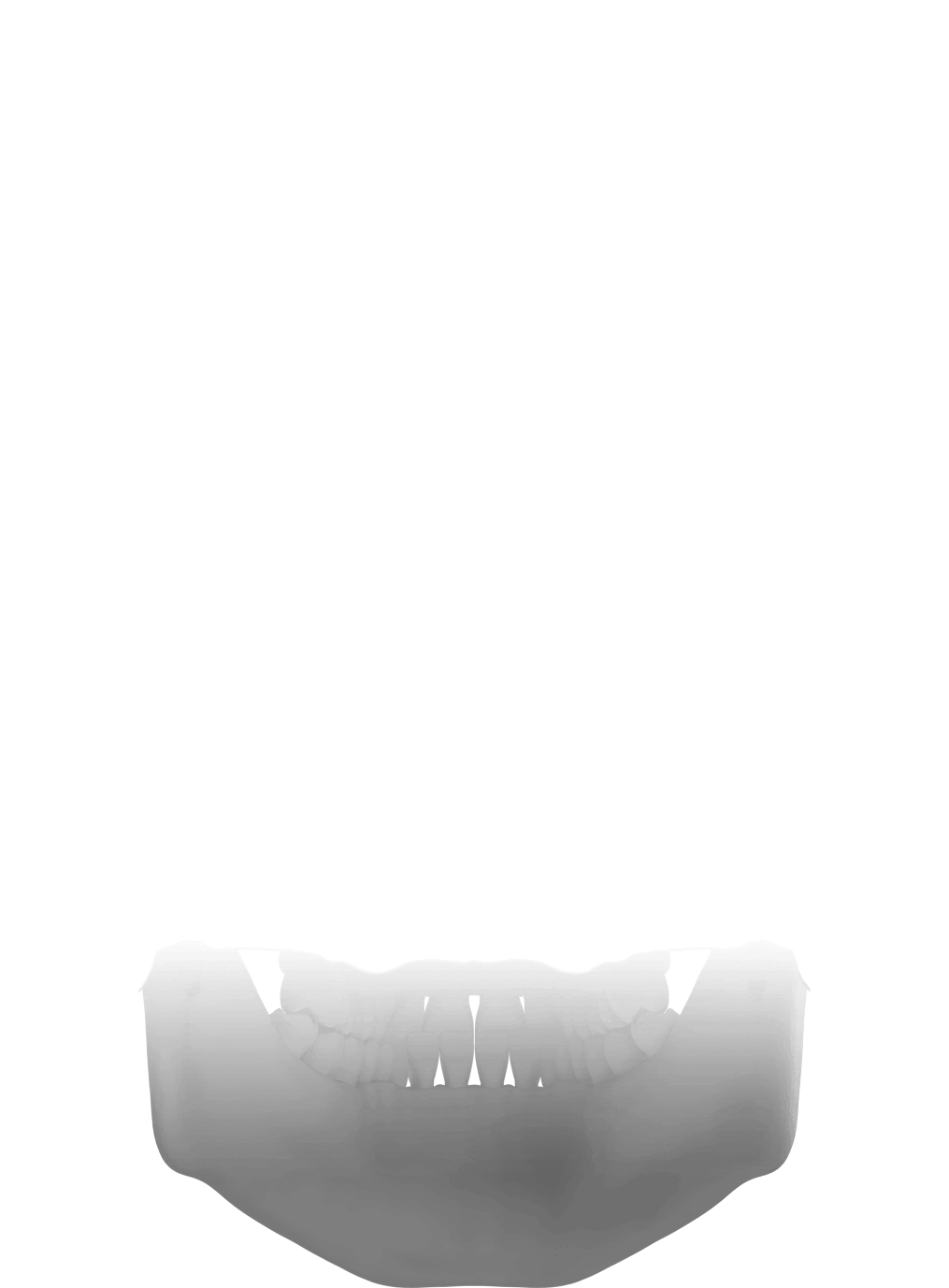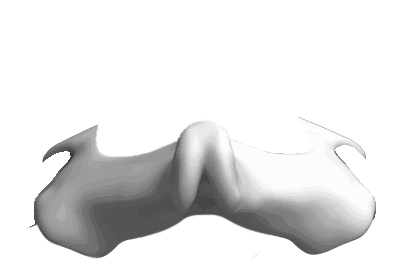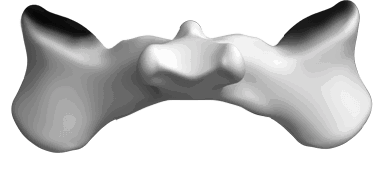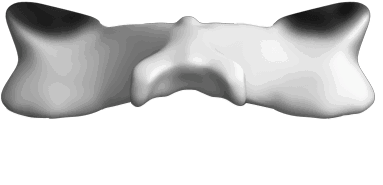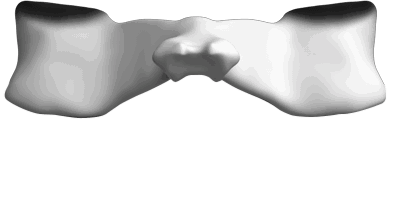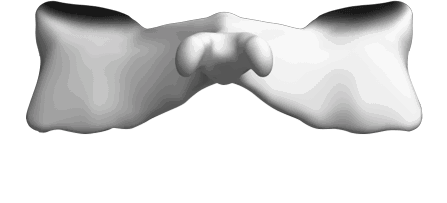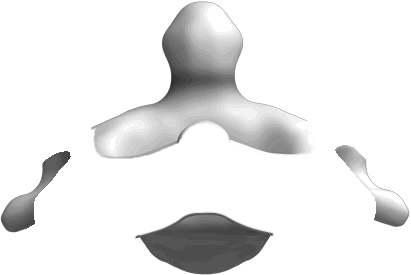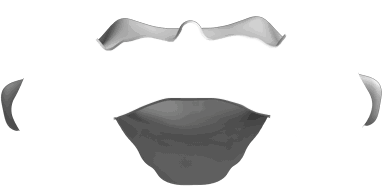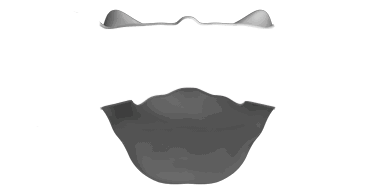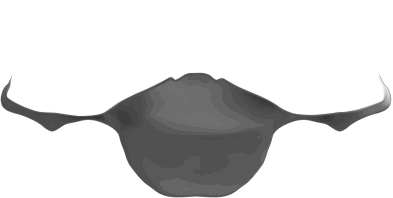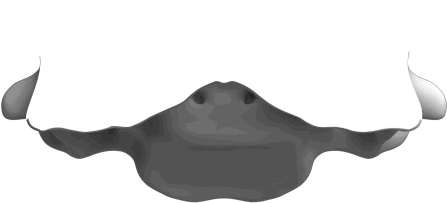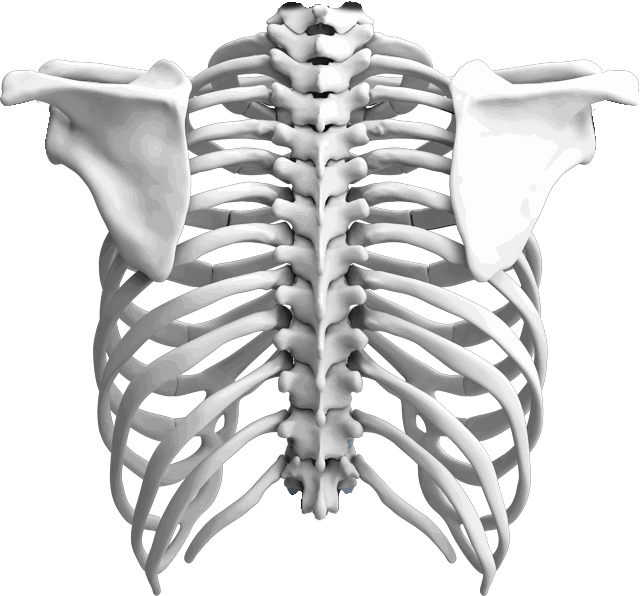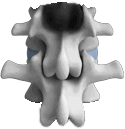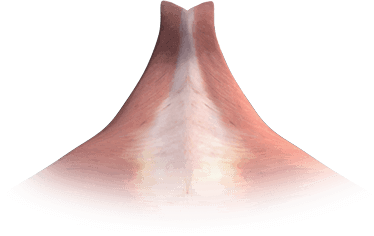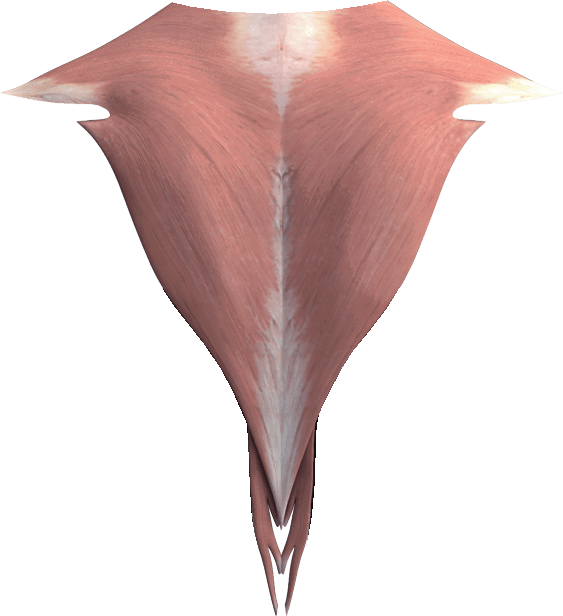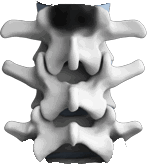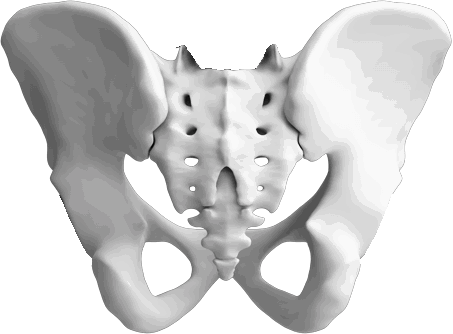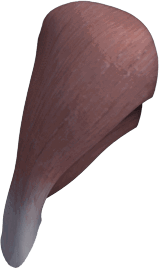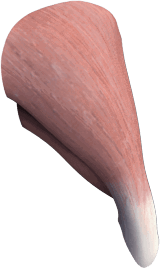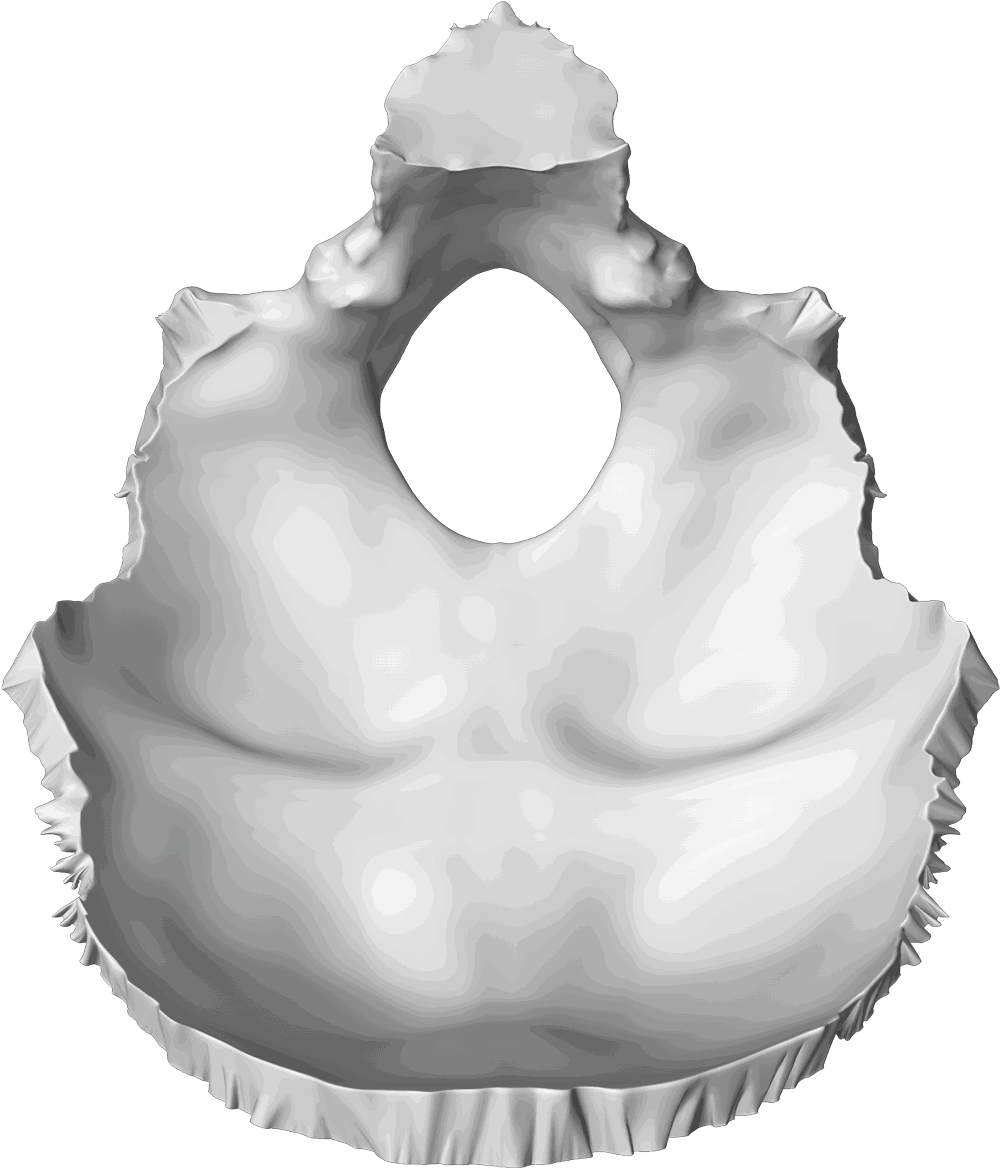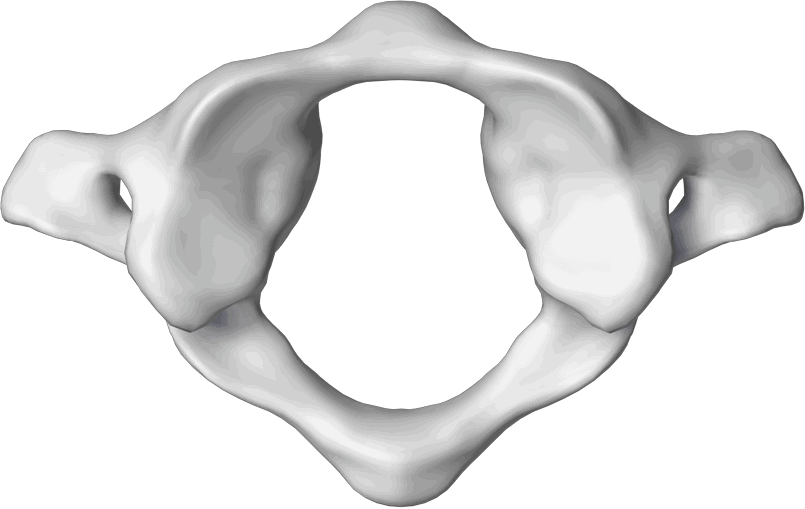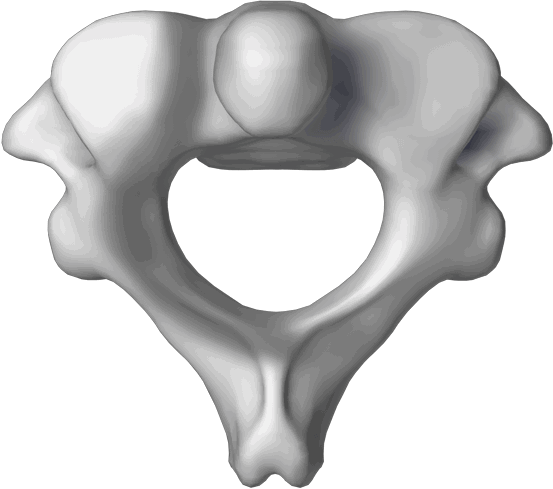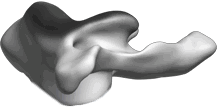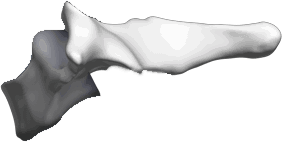A Complex Problem
What underlying problem are we ACTUALLY solving?
The Atlas Misalignment.
The weakest region of the spine is where the head meets the neck, making it the most commonly injured region.
Injury will buckle the head and neck in complex ways and will stretch the ligaments and muscles needed to maintain normal alignment.
The result is what you see here. The head, neck, and Atlas vertebrae (C1) have misaligned sideways from their normal position.
A Gentle, Long-term Solution
Utilizing a very precise process developed by the National Upper Cervical Chiropractic Association (NUCCA), doctors are able to calculate the specific re-alignment pathway necessary to correct the underlying problem, the Atlas Misalignment.
NUCCA doctors can achieve this without twisting, popping, or thrusting into the neck. In fact, most people don’t even feel the re-alignment.
Realigning the atlas allows the brain to heal itself normally again, as well as heal the rest of the body.
(It’s very hard for the brain to heal itself, and the body, when there is a traffic jam full of inflammation at the top of the neck.)
A Lasting Difference
The upper cervical “Atlas misalignment” is the most complex and difficult region of the spine to align, but when correction is achieved, the results can be simply amazing.
How Did I Get This Way?
As you can see, injury can also TWIST the Atlas and Axis (C1 & C2), adding to the complexity of the misalignment and compounding stress on the brain.
The misalignment you see is the result of one or more past injuries.
Injuries can often be traced all the way back to childhood: A tumble down the stairs, a fall off the bike. Or perhaps it was a sports injury or a car accident (even as low as 5mph). Think back, and you’ll probably come up with a few possibilities of your own.
Regardless of the cause, 95% of people are left with an Atlas misalignment by the time they reach adulthood.
The Nervous System is "Grand Central"
The lower area of the brain is called the brainstem because it descends down into the upper neck. Every nerve that travels down the spinal cord has to pass through the fragile donut shaped vertebra (Atlas) that wraps around the brainstem!
For this reason, the upper neck is our neurological “Grand Central Station”.
Posture And Body Balance
The brainstem controls posture and balance.
When the upper neck misaligns, the muscles alongside the neck (and rest of the spine) pull unevenly and shift the entire body off-center.
(See “The Bigger Picture” to learn how stress on these posture control centers affect the entire body.
Blood Pressure, Respiration, and Heart Rate
The neurological centers controlling these body functions are located in the brain stem and can be compromised upon an upper neck misalignment.
Recent research has proven the NUCCA correction helps people with high blood pressure.
(Google “NUCCA” and “blood pressure” to view the results of this research.
Sleep / Mood / Hormone Balance
Serotonin is a chemical produced in the brain stem.
Serotonin influences various functions, including regulation of mood, sleep, appetite, muscle contraction, and cognitive functions including memory and learning.
An upper cervical injury will cause stress to the brain stem and can have a dramatic effect on energy levels and an overall sense of “aliveness”.
This is why those that suffer from Anxiety, Depression, Fibromyalgia, and Myalgic Encephalomyelitis (Chronic Fatigue Syndrome) respond extremely well to NUCCA.
Immune Function
The Nervous System controls all of the body functions we don’t have to think about.
The Sympathetic Nervous System is the part of our Nervous System that becomes more active during times of stress and is often called the “fight-or-flight” response.
An upper cervical injury will cause long-term activation of the Sympathetic Nervous System which is proven to suppress the body’s Immune System.
Digestion
The Vagus nerve is very influential in regulating digestion and bowel movements.
This important nerve is often affected by an upper cervical misalignment because it passes just next to the atlas vertebra as it comes down from the brain.
Head and Facial Problems
Cranial Nerve dysfunction can result in problems such as Trigeminal Neuralgia, Bells Palsy, Meniere’s Disease, Sinus Problems, Headaches, Ear Pressure, Dizziness, etc.
Patients with these problems often respond to the NUCCA correction since cranial nerves are directly affected by an upper cervical misalignment.
Recent research is beginning to show how an upper cervical misalignment impedes cerebral spinal fluid (CSF) flow and blood flow in and out of the brain.
The Bigger Picture
The Atlas misalignment has a Full Body effect.
When the head and neck are injured, the entire body will compensate and move into poor posture.
- Head & Neck Injury →
- Atlas Misalignment →
- Neck Muscles Spasm & Stretch →
- Spinal Posture Muscles Spasm & Tighten to Compensate →
- Chronic Muscle Imbalances →
- Brain & Spinal Degeneration
Just as driving your car out of alignment causes premature tire wear, long-term atlas misalignment causes your brain and spine to age faster.
Look closely at your family and friends, and you may be able to tell if they should be referred in.
How Does This Affect My Health?
The brain and nervous system controls and regulates every function of the body, most of which we don’t feel, or consciously think about, such as heart rate, breathing, digestion, etc.
Injury and damage to the neck and spine disturbs the proper flow of nerve signals to and from the brain.
Misalignment of the spine can cause:
- Organ dysfunction – Direct pressure on the brain-stem can compromise the nerves that control our most vital organs. For example, if the nerve that supplies the heart is stressed, one may experience irregular heartbeats and palpitations. If the nerve that supplies the stomach is stressed, one may experience indigestion, heartburn, and reflux. If the nerve that supplies the lungs is stressed, one may experience breathing trouble or asthma.
- Immune dysfunction – The body responds to injury and stress by activating the sympathetic nervous system. Long-term sympathetic nervous system activity has been proven to suppress the immune system.
Is Your Spine Older Than You?
The human body is designed to live to be over 100 years old!
Unfortunately, a majority of people are robbed of their golden years by a spine that ages prematurely.
Honestly, most people understand more about taking care of their teeth than their spine.
The progression of spinal degeneration is explained below.
Phase I: 5-15 Years of Adaptation
Uncorrected spinal trauma results in loss of normal curve, disc narrowing, and subtle spine and nerve malfunction. Because the body is so adaptable, this early phase can exist without the warning of pain or other symptoms. If left uncorrected, the degeneration continues.
Common symptoms of Phase I Degeneration include:
- Headaches
- Neck Pain
- Strained Muscles
- Shoulder Tension
Phase II: 15-30 Years of Adaptation
Recognized on x-ray by visible bone spurs and rough edges of the vertebrae. Abnormal bony growths distort the shape and function of the vertebrae and cause stress to discs, joints, and ligaments. Breakdown of these soft tissues results in lack of normal joint movement, inflammation, and interference to nerve flow.
Common symptoms of Phase II Degeneration include:
- Arthritis
- Disc Disease
- Degenerated Joints
- Fatigue
- Joint Pain
Phase III: 30+ Years of Adaptation
A lifetime of neglect may cause the eventual fusion of the malfunctioning joints. Atrophy, permanent nerve damage, and soft tissue degeneration are prevalent. Reduced mobility and impaired nervous system function diminish one’s quality of life.
Common symptoms of Phase III Degeneration include:
- Chronic Pain
- Irreversible Damage
- Spine Disease (stenosis)
- Relief Care Only
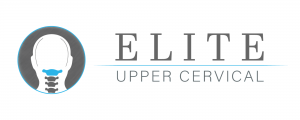
10200 SW Eastridge St. #235
Portland, OR 97225
